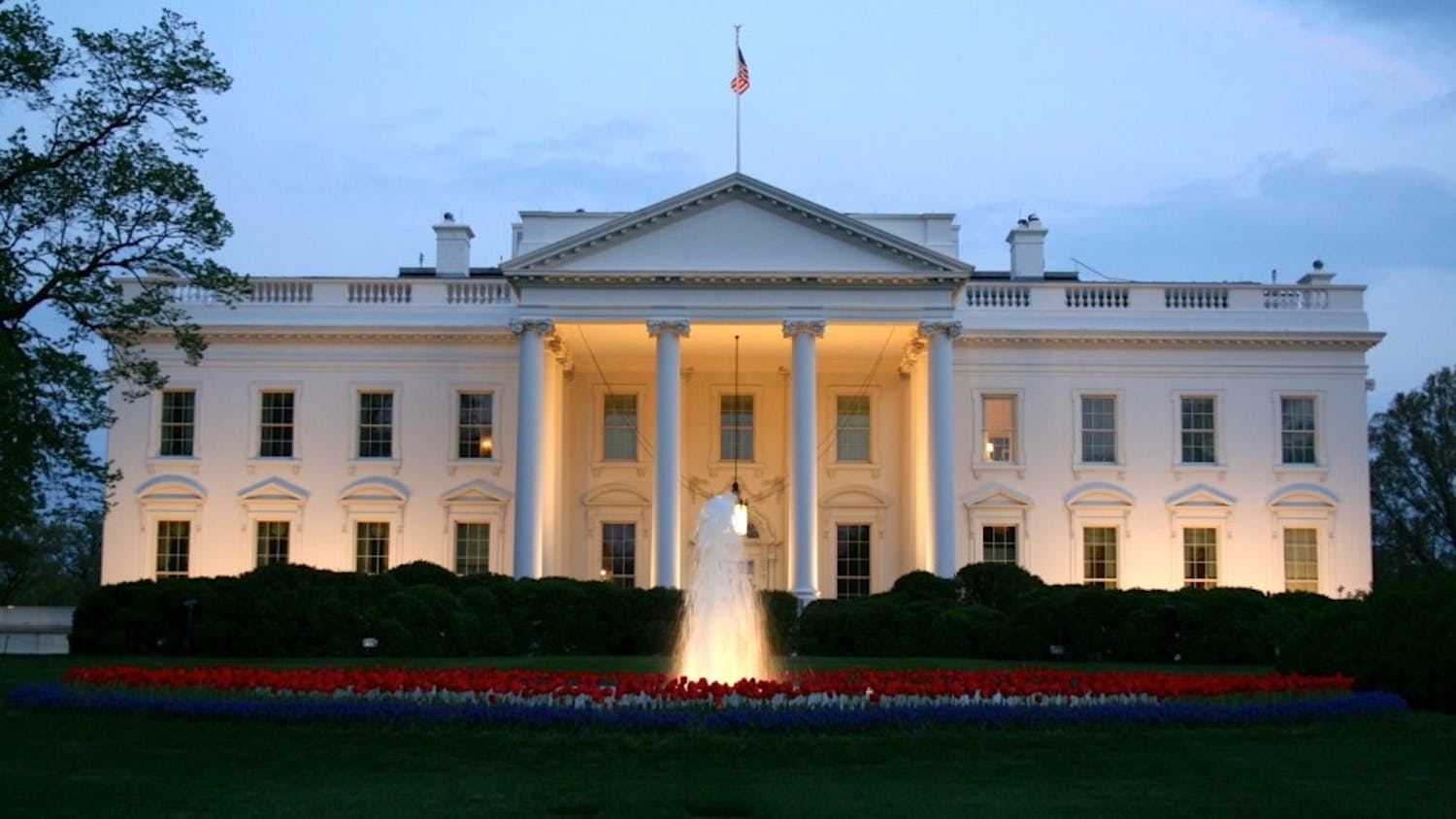Just months after Amazon’s November announcement to divide its second headquarters (HQ2) between New York City and Arlington, Virginia, the tech company chose to scrap plans for its Queens location in February, after backlash ensued over the impact the company could have on the area.
Despite 57 percent of registered New York voters approving of the HQ2 site in a Quinnipiac University poll, some residents and politicians raised questions about whether the company should receive tax breaks, if subway overcrowding could worsen once the company arrived and how housing costs would be affected.
Amazon’s decision to pull out of the New York deal resonated here in the Washington metropolitan area in the ongoing discussion on what HQ2’s impact could be for neighborhoods and universities within the capital region.
Erran Carmel, an AU information technology professor who directs Business in the Capital, a center in Kogod which focuses on regional business issues, is pleased that Amazon is coming to the region.
“Slowly and consistently, [Washington] has grown as a big business and technology services metropolitan area,” he said. “Ultimately, a city becomes healthy when it is a big, vibrant and growing and dynamic city.”
Carmel, who served as the interim Kogod dean from 2014 to 2016, said that discussions within the faculty leadership of the school have involved strategies for partnering with Amazon for student internships and other programs.
However, Carmel said that Amazon’s entrance might lead to the displacement of small businesses and worse traffic for commuters.
Amazon has committed to hiring 25,000 employees in about 10 years for “full-time high-paying jobs” for its second headquarters in Crystal City, near the Ronald Reagan Washington National Airport, according to the company’s corporate blog.
When Amazon announced its HQ2 plans in November of last year, Amazon CEO Jeff Bezos explained the company’s decision in selecting the two sites in a statement on the blog.
“These two locations will allow us to attract world-class talent that will help us to continue inventing for customers for years to come,” he wrote.
The prospect of universities partnering with Amazon to bring talent to the company and opportunities to students is not new.
In Seattle, where Amazon’s main headquarters is located, the company partners with the University of Washington for a mentorship program for students in the College of Arts and Sciences.
Kevin Mihata, the associate dean for Educational Programs at UW’s CAS, is the director of the Center for 21st Century Liberal Learning, which hosts the mentorship program.
Mihata said the program, which allows students to meet with Amazon employees a few times throughout the semester, prepares them for what professional life will be like after they graduate.
“Students really just didn’t have a sense of what the professional world was like,” he said. “So, we didn’t choose to do Amazon because we thought they were going to work at Amazon or even work in technology or even work in corporate. This is a program just to introduce students to the professional world more generally.”
In 2016, while UW was raising $110 million to construct a second building for their Computer Science & Engineering Program, Amazon donated $10 million for the project.
Ed Lazowska, who holds the Bill & Melinda Gates chair in the Paul G. Allen School of Computer Science & Engineering at UW, said the donation demonstrated that Amazon is invested in the education of the next generation of computer science professionals.
“Our program needs to grow and that requires space,” Lazowska said.
Lazowska, who described the donation as “extremely generous” and “philanthropic,” said the building will allow them to double their number of computer science and engineering graduates.
Professor Nathalie Japkowicz, the chair of AU’s computer science department, told The Eagle in an email that she hopes Amazon’s expansion in the Washington area will allow students to make professional ties with researchers at the company.
“It is an exciting development, for sure, and I assume that it will have a positive impact on our program and its students,” she wrote. “How exactly that impact will be felt, I have a hard time predicting though.”
Although some see Amazon’s planned arrival in Arlington as a potential opportunity for universities in Washington, Derek Hyra, an AU associate professor in the School of Public Affairs, has concerns about how Amazon employees who move to the area might contribute to displacement and increased housing costs in low-income neighborhoods.
Hyra, who researches gentrification and urban renewal and wrote “Race, Class, and Politics in the Cappuccino City,” a book about gentrification in Washington’s Shaw neighborhood, said that HQ2 might exacerbate problems in the DMV.
“Washington, D.C., before the announcement of Amazon, was already one of the most gentrified spaces in the country,” he said. “Amazon is adding on another factor that I think will stimulate the redevelopment that has happened here.”
While Arlington County is one of the nation’s wealthiest counties based on median household income, according to Forbes, Hyra said low and moderate-income neighborhoods in the county could be at risk of being changed by developers buying property to sell with Amazon employees in mind.
That could lead to the displacement of residents. Neighborhoods in the District could also be impacted by this, Hyra said.
However, he added that with certain public policies in place, the Washington area could continue to develop while minimizing harm to low-income residents.
“The more we understand how to do equitable development that benefits everybody in a region like this, I think could really have lessons for the world,” Hyra said.
John Delaney, the current Kogod dean, agrees that Amazon could have negative consequences within Washington, but he also believes HQ2 will be an avenue for students to get “real world experience” through internships.
“We’re going to have another more key firm that we can work with to create opportunities,” Delaney said. “These opportunities give students a great story to tell in a job interview, and that can be the difference in getting a position relative to someone from another school.”
This article originally appeared in The Eagle's March 2019 print edition.





